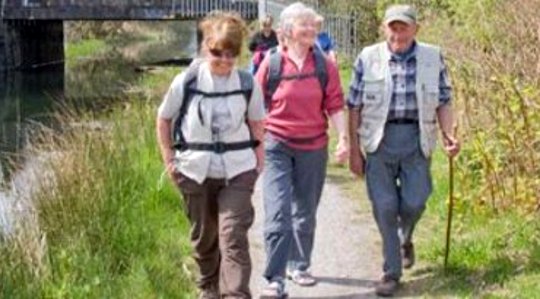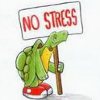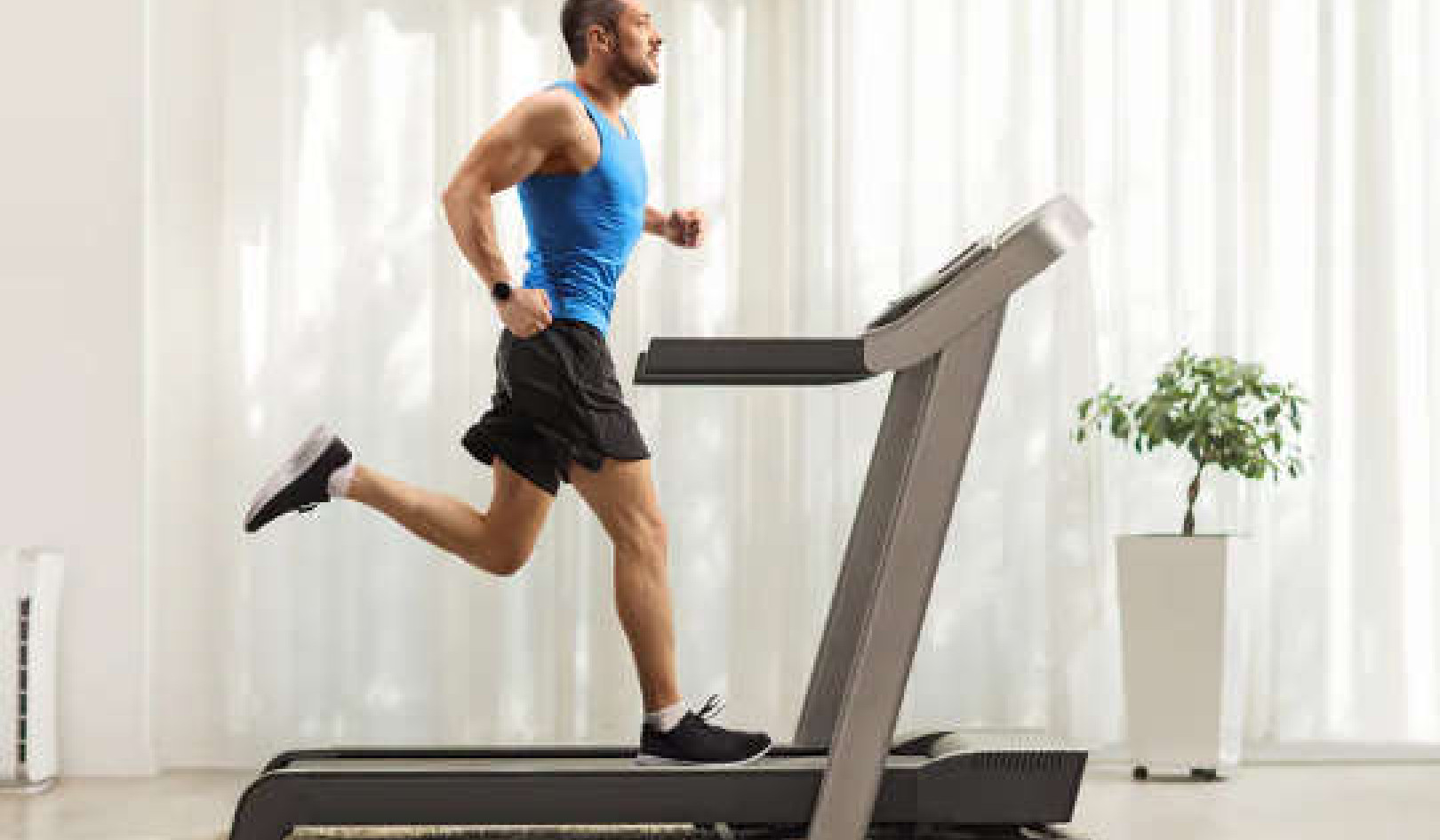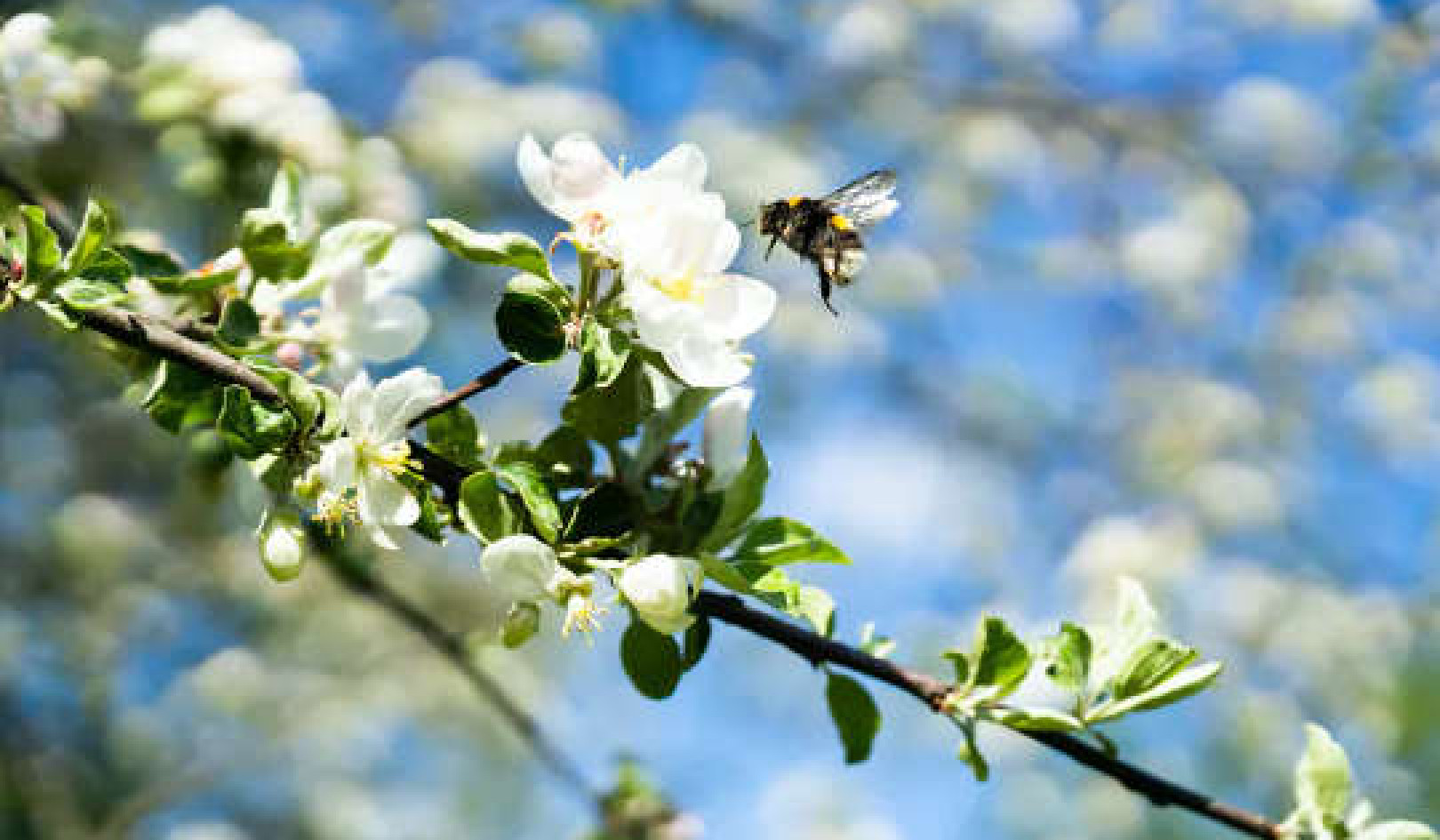
Although sound therapy has gained acceptance in Western medicine only recently, it has been part of Eastern health practices for centuries. One of the most effective systems for using sound was developed in the fifth century A.D. by the famous Taoist physician T'ao Hung-ching. T'ao discovered that vocalizing different sounds while expelling the breath could cleanse and restore the organs, regulate the blood circulatory system, and stabilize the central nervous system.
T'ao's Six Sounds practice should not seem so far-fetched, since expelling air and making sound are two functions the body naturally uses to ward off stress. When people are under stress, they will naturally sigh, moan, or blow out air. These constitute the body's natural release of built-up stress. We also know that certain music or sounds can alter emotions and influence physical activity. Sound as part of the Lamaze method for childbirth has proven very effective, and primal screaming methods have been shown to be beneficial for the release of anger, for example.
Discovering that human beings naturally expel air and make sounds to feel better, T'ao determined which sounds had the greatest effect in stimulating the body's natural functions. T'ao discovered there are basically six syllables that create positive vibrations in specific regions of the body and thus stimulate the natural healing responses of the body. The sixth syllable is of the greatest importance to the sufferer of stress, as it is specifically intended for the release of stress, anxiety, and tension. All the syllables should be used daily, however, to help stabilize the body and maintain good health.
METHOD
The production of the Six Sounds should be done according to the following general method. Sit comfortably on the edge of a chair with your spine erect and your head held upright. Place your feet flat on the floor with the knees slightly apart and rest the palms of your hands on your thighs. Make all your inhalations through the nose and direct your breath into the lower abdomen. Expand the lower abdomen while inhaling and contract it when exhaling, so that the breath completely leaves the body. The exhalation should be much longer than the inhalation. When exhaling a sound, do so from the lower abdomen, not from the throat.
Get The Latest By Email
Although the inhalation through the nose remains the same for each of the six different sounds, the manner of exhalation differs for each, and the instructions and effects for each sound are provided below. After inhaling and expelling a sound, breathe normally through the nose for a couple of breaths before making the sound again; this will avoid making your breathing erratic or agitated.
Repeat each syllable six times.
I. SHOO
Making the sound shoo alleviates problems associated with a sense of malaise. The vibration of this sound positively affects the liver and gall bladder.
Purse the lips and make the sound shoo for the length of the exhalation. The jaw should be slightly open and your tongue curled slightly upward.
2. HAA
Making the sound haa alleviates anger. The vibration of this sound calms the heart and regulates the small intestine.
Open the mouth wide and generate the sound haa. The tip of the tongue is held lightly against the inside of the lower teeth.
3. Hoo
Making the sound hoo regulates the lungs, and eradicates any impurities brought in by the breath. It can also help regulate body temperature. The vibration of this sound balances the spleen, pancreas, and stomach.
Purse the lips and make the sound hoo. The jaw should be slightly open and the tongue curled slightly downward.
4. Sss
Making the sound sss helps to regain equilibrium in the nervous system and body generally. The vibration of this sound cleanses the lungs and regulates the large intestine.
With the upper and lower teeth held gently together and the tongue placed directly behind the teeth, draw the lips back and make the sound sss.
5. Foo
Making the sound foo regulates body temperature so the body does not become either too hot or too cold. The vibration of this sound stabilizes the kidneys, bladder, and adrenal glands.
Purse the lips and make the sound foo. The jaw should be slightly open and the tongue drawn slightly back and up towards the roof of the mouth.
6. SHEE
Making the sound shee relieves stress, tension, and anxiety. The vibration of this sound regulates the blood circulatory system and the central nervous system. If you are under stress, the sounding of this syllable should be performed thirty-six times.
With the upper and lower teeth held gently together and the tongue pressing lightly against the upper teeth, draw the lips back and make the sound shee.
THERAPY OF THE CAT'S WALK
 Taking a walk, especially out in nature, among trees, can release a great deal of stress. Taoists developed very specific techniques for walking as a method to improve health. Because they considered cats, especially the tiger, to be the most adept walkers, they developed a practice which they referred to as "walking like a cat."
Taking a walk, especially out in nature, among trees, can release a great deal of stress. Taoists developed very specific techniques for walking as a method to improve health. Because they considered cats, especially the tiger, to be the most adept walkers, they developed a practice which they referred to as "walking like a cat."
Walking has been proven to be the best relief for the effects of osteoarthritis, which almost anyone over the age of sixty suffers from to one degree or another. Walking improves blood circulation, helps maintain a healthy weight, tightens and thickens ligaments, keeps joints well lubricated, supplies oxygen to the entire body, and regulates elimination of body wastes.
Studies on walking have shown that thirty minutes of daily walking can raise HDL (High Density Lipoprotein -- commonly known as the "good" cholesterol) levels, and for people with diabetes, walking improves blood glucose control and decreases insulin resistance.
Walking is one of the best and safest exercises a person can perform, but sadly most Americans walk only to and from their car. We need to take more time for walking, as the benefits of it are so great.
METHOD
As you walk, place your heel on the ground and then roll the rest of the foot down. You are not in a race, so walk slowly. Keep the breath low in the abdomen, breathing in through your nose and exhaling through your mouth. Above all, keep your breath natural. Don't try to slow it down or make it deeper than what it naturally is. Just keep your attention on your lower abdomen and your breath will take care of itself.
Like a cat, swivel your head periodically as if looking around while you walk; turn your head in this manner every ten steps or so.
Use a walking stick whenever possible. The Taoists felt that walking with a staff would keep their arms from waving around, which can hinder relaxation and cause the breath to rise into the lungs rather than sink into the abdomen.
Go barefoot when possible. Walking barefoot on grass or at the beach really increases your energy and good spirits. Shoes prevent us from feeling the earth and obstruct the natural stimulation of energy in the feet.
Do not make walking a discipline or practice; rather, consider it a means for just feeling good. Let your body get addicted to it.
My teacher once told me, "If you live within three blocks of a store, never drive there, walk. Gradually you will become addicted to it. Not only will you spend less money because you won't want to carry so much back with you, you will lose weight because of the walking and buy fewer useless food items."
His advice was so simple I almost passed it by. It was amazing to witness how many excuses I initially made for not following it. I invite you to attempt this simple practice, observing your own initial response. When he told me this, he was eighty-five years old and walked to the grocery store every day.
Reprinted with permission of the publisher,
Healing Arts Press, a division of Inner Tradition Intl.
©2002. http://www.innertraditions.com
Article Source
 Tao of No Stress: Three Simple Paths
Tao of No Stress: Three Simple Paths
by Stuart Alve Olson.
About the Author
 Stuart Alve Olson has studied T'ai Chi, meditation, and Chinese language for more than twenty-five years under numerous Buddhist and Taoist masters. He is the author of numerous books including Qigong Teaching of a Taoist Immortal, Tai Chi for Kids, and T'ai Chi According to the I Ching. He lives in the San Francisco Bay Area. He is the head teacher and co-founder of the Sanctuary of Dao.
Stuart Alve Olson has studied T'ai Chi, meditation, and Chinese language for more than twenty-five years under numerous Buddhist and Taoist masters. He is the author of numerous books including Qigong Teaching of a Taoist Immortal, Tai Chi for Kids, and T'ai Chi According to the I Ching. He lives in the San Francisco Bay Area. He is the head teacher and co-founder of the Sanctuary of Dao.







